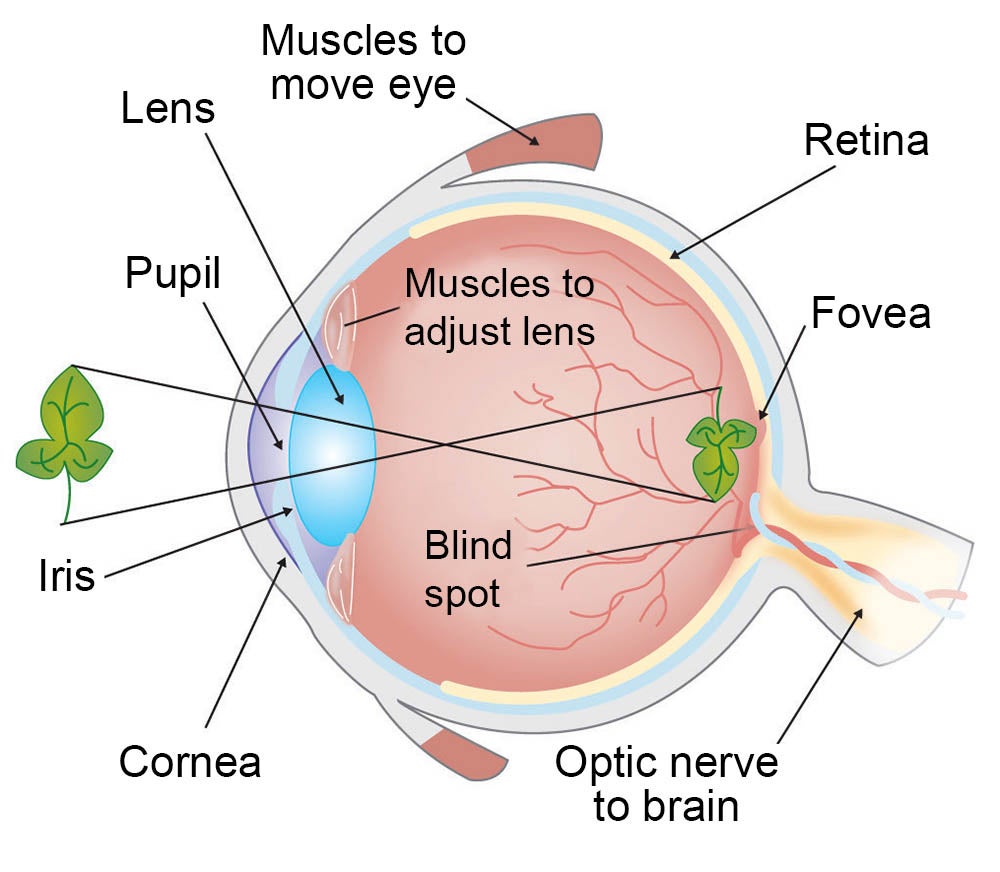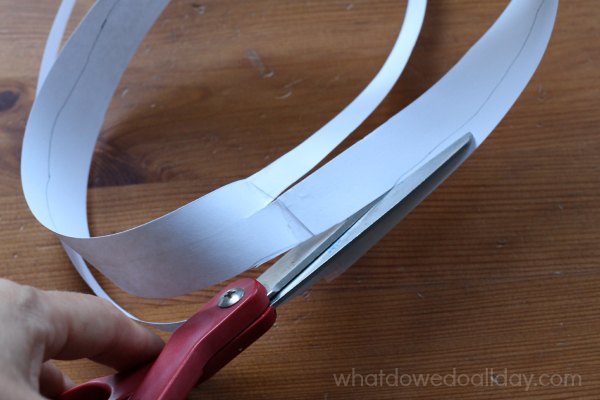This blog was started in the time of COVID-19 social distancing in British Columbia, Canada. The founders of the blog are mathematics educators and parents who want to offer ideas for shared family/ household mathematical meaning-making activities that can take place inside and outside your home, connecting with the natural world and the body, and encouraging thoughtfulness and understanding of the patterns that give rise to big mathematical ideas. We hope that kids and adults can try these explorations individually and together.
We hope you will enjoy and contribute to this space where we can share ideas, experiences and activities that bring together mathematics and the living world. We would love to see images and read reflections of the things you explored and discovered, and to take them to the next level as we connect them with the knowledge and traditions of mathematics.
We hope you will enjoy and contribute to this space where we can share ideas, experiences and activities that bring together mathematics and the living world. We would love to see images and read reflections of the things you explored and discovered, and to take them to the next level as we connect them with the knowledge and traditions of mathematics.
 |
| Photo credit: Susan Gerofsky |










































